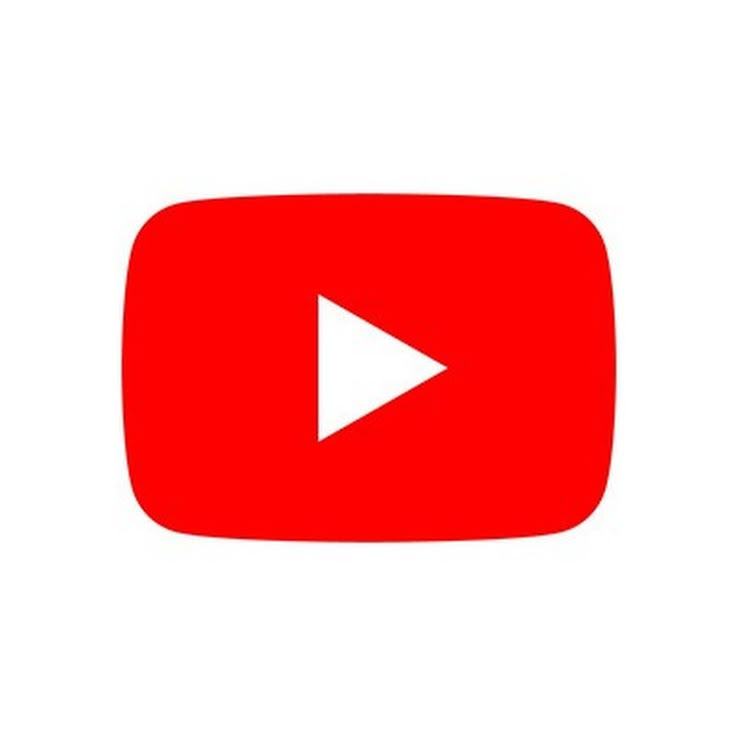
Losing access to your channel, your audience, and your income source is devastating. Many creators have felt stuck, thinking that one mistake or policy violation meant permanent exile from the platform. Well, I have some good news that might just change the game for people who thought their YouTube days were over.
YouTube has recently made some significant changes that are giving previously banned creators a chance to come back. This shift is huge for the creator community, and if you or someone you know has been banned, you will want to read this carefully. Let me break down what this means and how it works.
What Changed For YouTube?
For a long time, YouTube’s policy on banned creators was pretty final. If your channel got terminated, the doors seemed permanently shut. But times are changing. YouTube has decided to introduce a more flexible approach that allows banned creators to appeal their removal and potentially make a comeback on the platform.
This is a major policy shift that shows YouTube is listening to feedback from creators and recognizing that mistakes happen. People change, creators learn from their errors, and YouTube is now willing to give second chances in certain situations. It is a welcome change for many in the creator community who felt unfairly treated or who want the opportunity to prove they have improved.
Who Can Apply to Return?
Not every banned creator can automatically come back. YouTube has set specific criteria for who can reapply. Generally, creators who were banned for policy violations can submit an appeal if enough time has passed and if they can show they understand what went wrong. YouTube is looking for evidence that creators have learned from their mistakes and are ready to follow community guidelines going forward.
The most important thing here is showing genuine change and commitment to following the rules. YouTube wants to see that you are serious about being a responsible creator on their platform. If you were banned years ago and have since reflected on your actions, you might be a good candidate for reapplication.
The Appeal Process Explained
The reapplication process is relatively straightforward. Banned creators need to fill out an appeal form where they explain what happened, why they were banned, and what they have learned since then. This is your chance to tell your story honestly and show YouTube that you deserve another opportunity.
When you submit your appeal, YouTube reviews it carefully. They look at the reason you were banned, how much time has passed, and whether you have demonstrated that you understand the platform’s policies. The review can take some time, so patience is important. Not every appeal will be approved, but having the opportunity to appeal at all is progress.
Why This Matters for Creators
This change is significant for several reasons. First, it gives creators hope. If you were banned unfairly or if you have genuinely changed, you now have a legitimate path back. Second, it shows that YouTube is thinking more carefully about permanent bans and recognizing that people deserve chances to improve. Third, it creates a more balanced relationship between the platform and its creators.
For many creators, YouTube is their main income source. Being banned meant losing their livelihood. Now, if they can demonstrate real change, they might get that opportunity back.
What You Should Do Now
If you have been banned from YouTube and want to return, start by gathering evidence of your growth and change. Show that you have learned about YouTube’s policies and that you are committed to following them. Write a genuine appeal that explains your situation without making excuses. Be honest about what went wrong and what you would do differently.
Keep in mind that this is not guaranteed, but the opportunity itself is new and exciting for the creator community.

